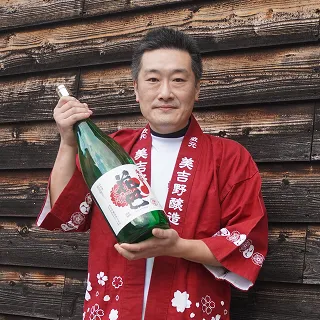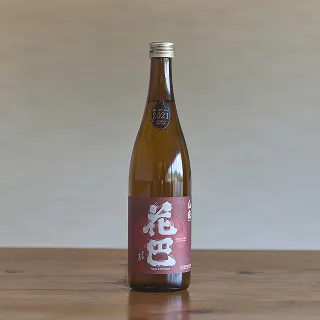Miyoshino Brewery’s “community-based” Sake brewing
2025.05.27
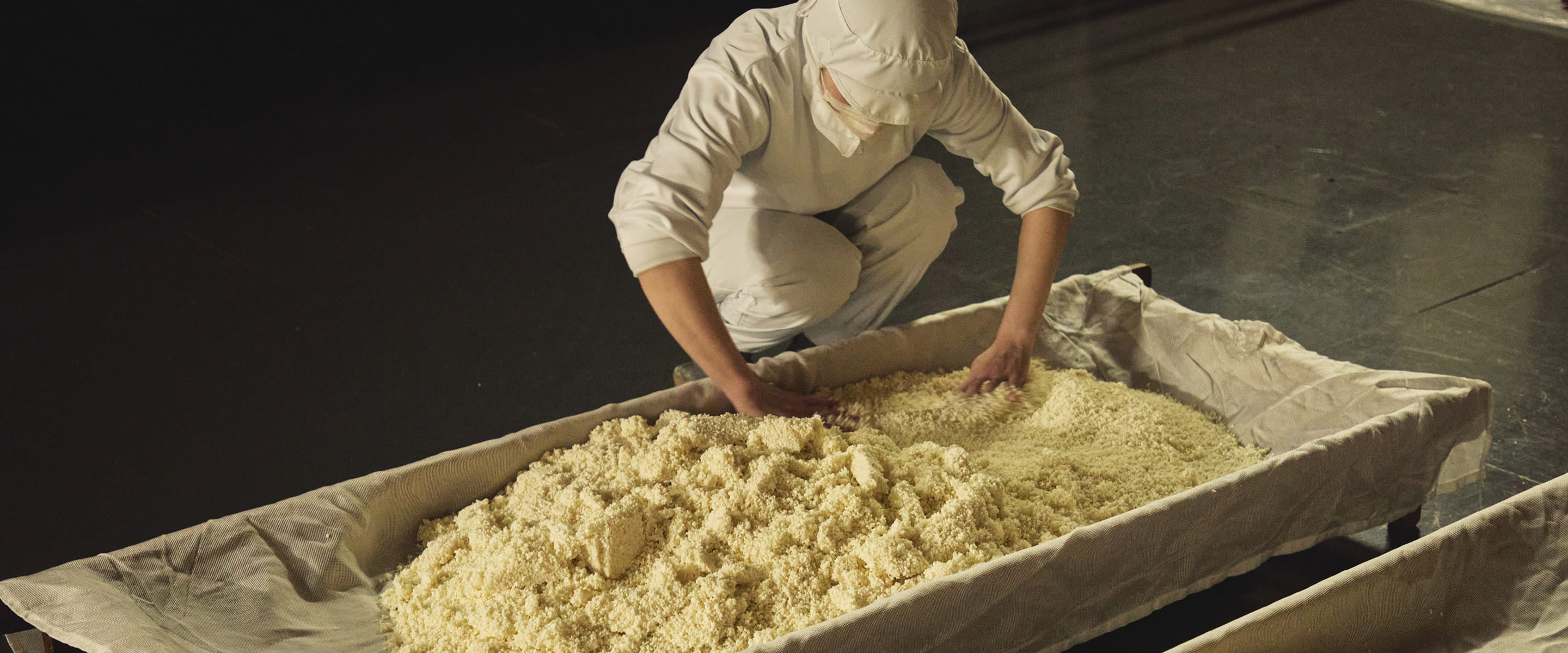
The MUJI STAY Journal is a publication by the MUJI accommodation team that introduces the "people and lifestyles" they encounter while running facilities and closely observing local communities. In this issue, we spoke with Mr. Akiharu Hashimoto, Executive Director and Master Brewer of Miyoshino Brewery, whose sake is also served at MUJI room SAKAMOTOYA in Yoshino Town, Nara Prefecture.
A century of sake brewing in Yoshino
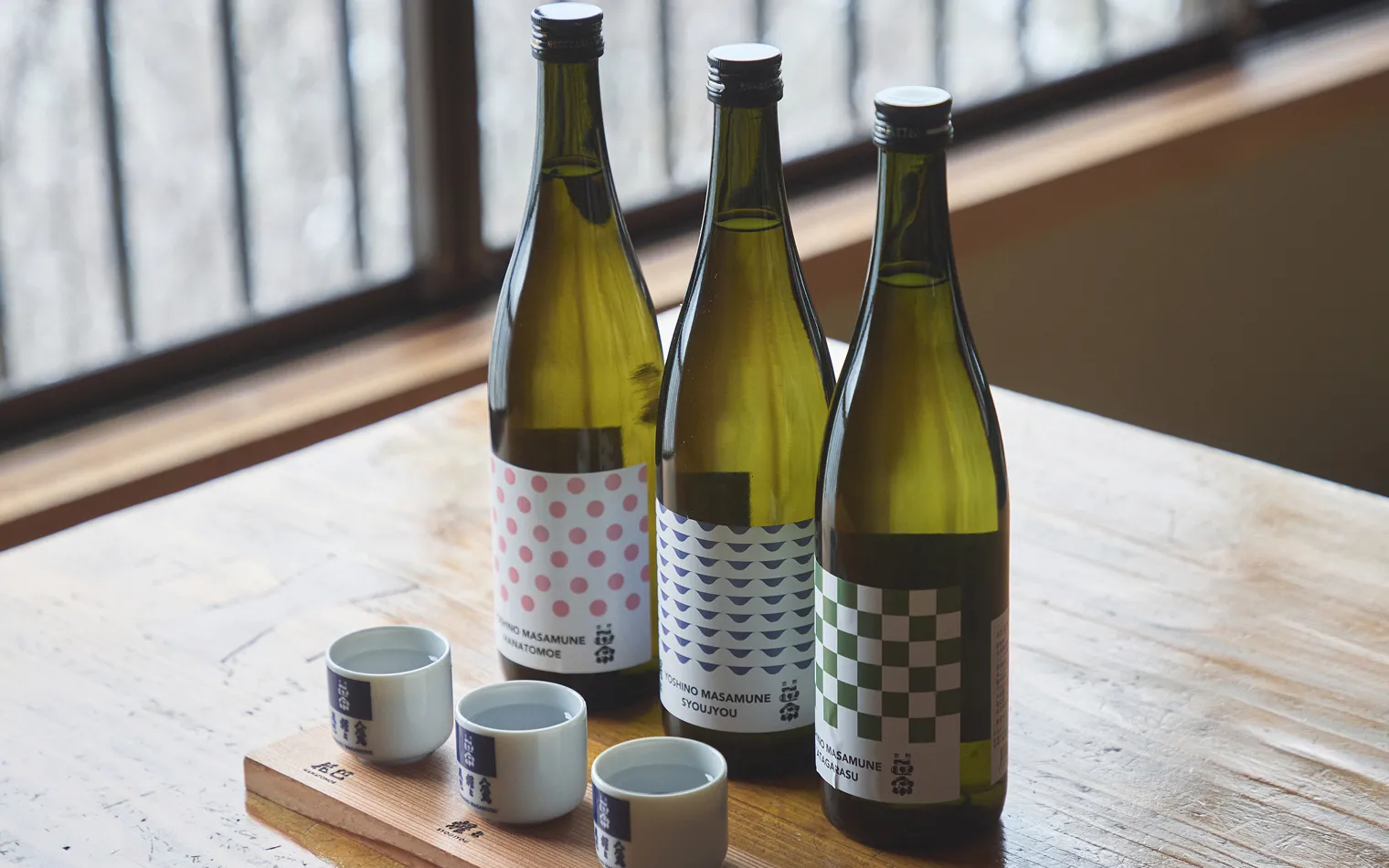 “Yoshino Masamune” – A Joint Brand by Yoshino’s Three Breweries
“Yoshino Masamune” – A Joint Brand by Yoshino’s Three Breweries
Nara Prefecture is said to be the birthplace of sake, with a brewing tradition that dates back to temples and shrines in ancient times. Yoshino Town, home to MUJI room SAKAMOTOYA, is blessed with nature so rich it’s often said to be “a gift from the gods.” Sake brewing here has continued for over 100 years.
The town is home to three breweries that collaboratively launched a sake brand called Yoshino Masamune, using sake rice grown on local idle farmland. This sake has gained popularity for its strong regional character. At MUJI room SAKAMOTOYA, guests can enjoy local sake from Yoshino during dinner to get a taste of this rich history and culture.
A turning point for born-and-bred brewer, Mr. Hashimoto
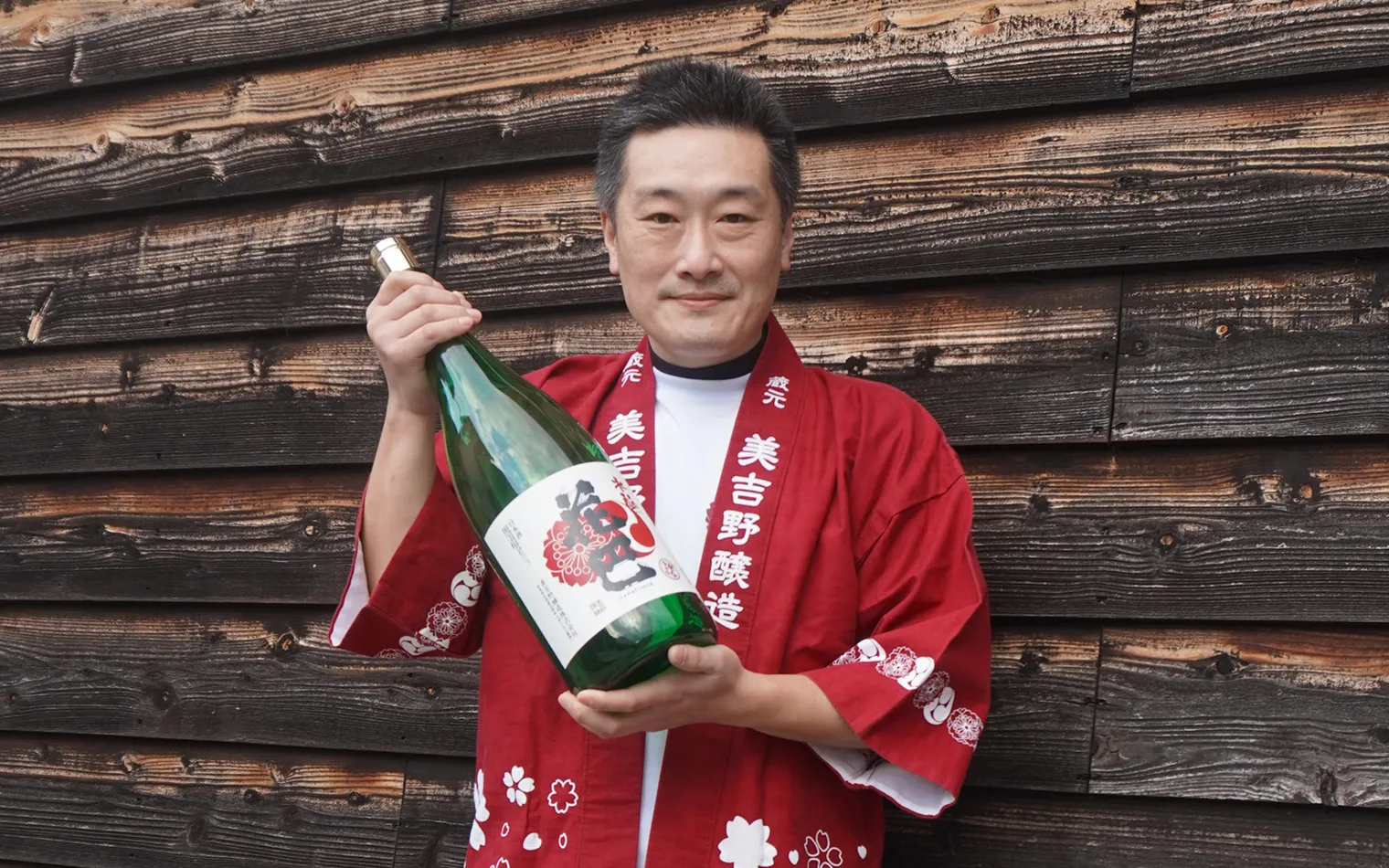 Akiharu Hashimoto, Executive Director and Master Brewer of Miyoshino Brewery
Akiharu Hashimoto, Executive Director and Master Brewer of Miyoshino Brewery
Miyoshino Brewery, one of the three in Yoshino, stands on the banks of the Yoshino River and has a history spanning more than 100 years. The building, surrounded by large willow trees, exudes a timeless charm. However, inside, the brewing is anything but conventional—it is filled with freedom and playful creativity.
Mr. Hashimoto, the fourth-generation brewer, was born into a brewing family and studied fermentation at Tokyo University of Agriculture. After gaining experience at a sake brewery in another prefecture, he returned home to take over the family business. That’s when his turning point came.
“At first, I believed it was important to use rice suited for sake brewing and to control the yeast to create a stable flavor—like following a textbook. But then I started working with a local agricultural organization. They taught me about sustainable agriculture, and it really opened my eyes. As brewers, we have a responsibility to create meaning on top of a sustainable foundation. That’s when I began shifting to a more natural brewing process, using only local rice, water, and microorganisms.”
This marked a major shift in Hashimoto’s approach to brewing.
A commitment to walk with the community
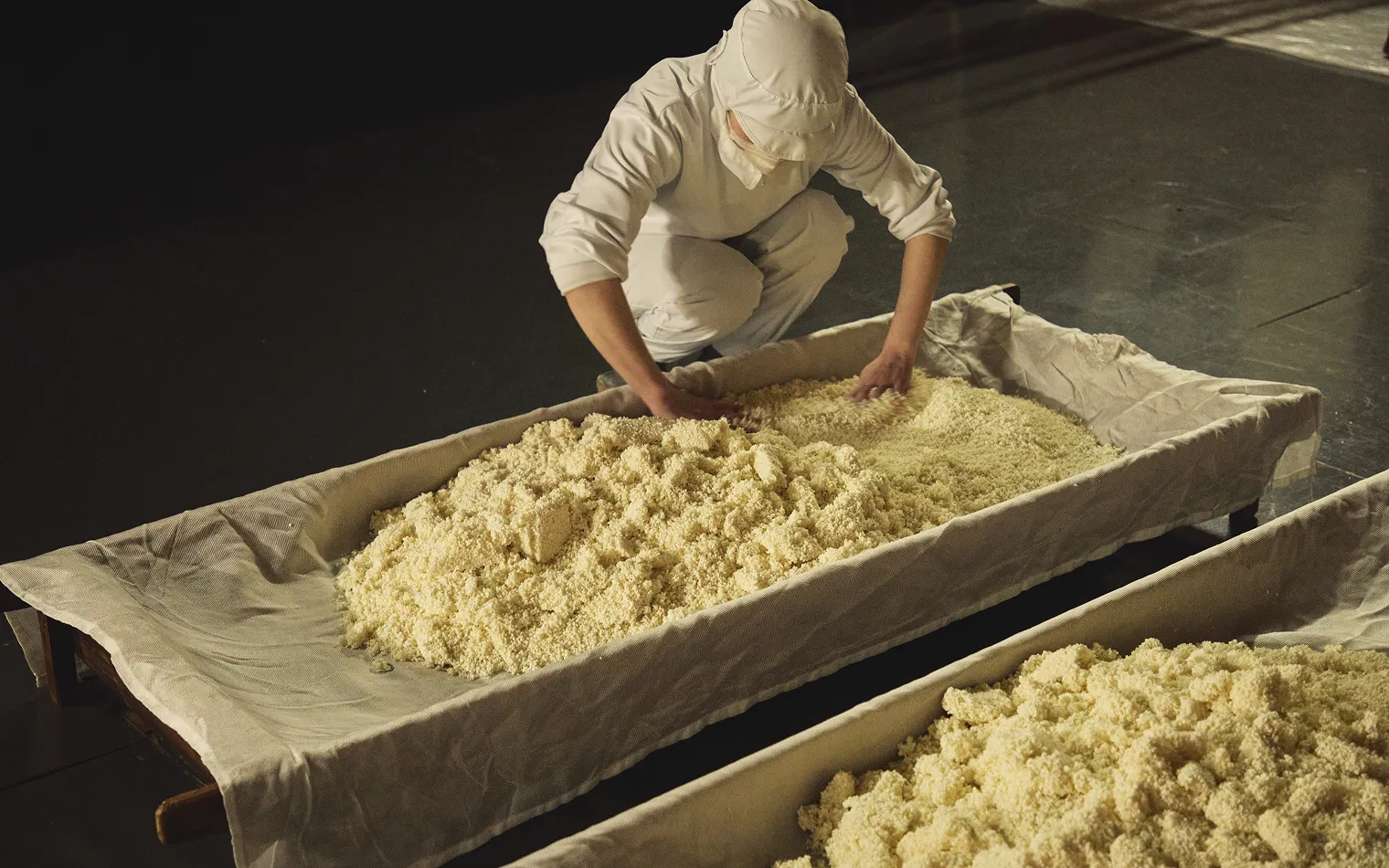 “Dekouji” (Koji Separation) work underway during the interview
“Dekouji” (Koji Separation) work underway during the interview
One of the first changes Hashimoto made was to switch to using rice grown by local contract farmers. Rather than sourcing rice from the market, he opted for sake rice cultivated under contract in Nara Prefecture. This built sustainable relationships with farmers and rooted his brewing deeply in the local community.
“We purchase all of the rice produced by our contract farmers. Because rice quality varies with the weather, the flavor of the sake naturally changes each year. That variation is part of the charm. For brewing, we also use traditional wooden barrels made of Yoshino cedar. Most breweries today use easy-to-maintain enamel tanks, but the warmth and gentle aroma of the wood bring their own benefits.”
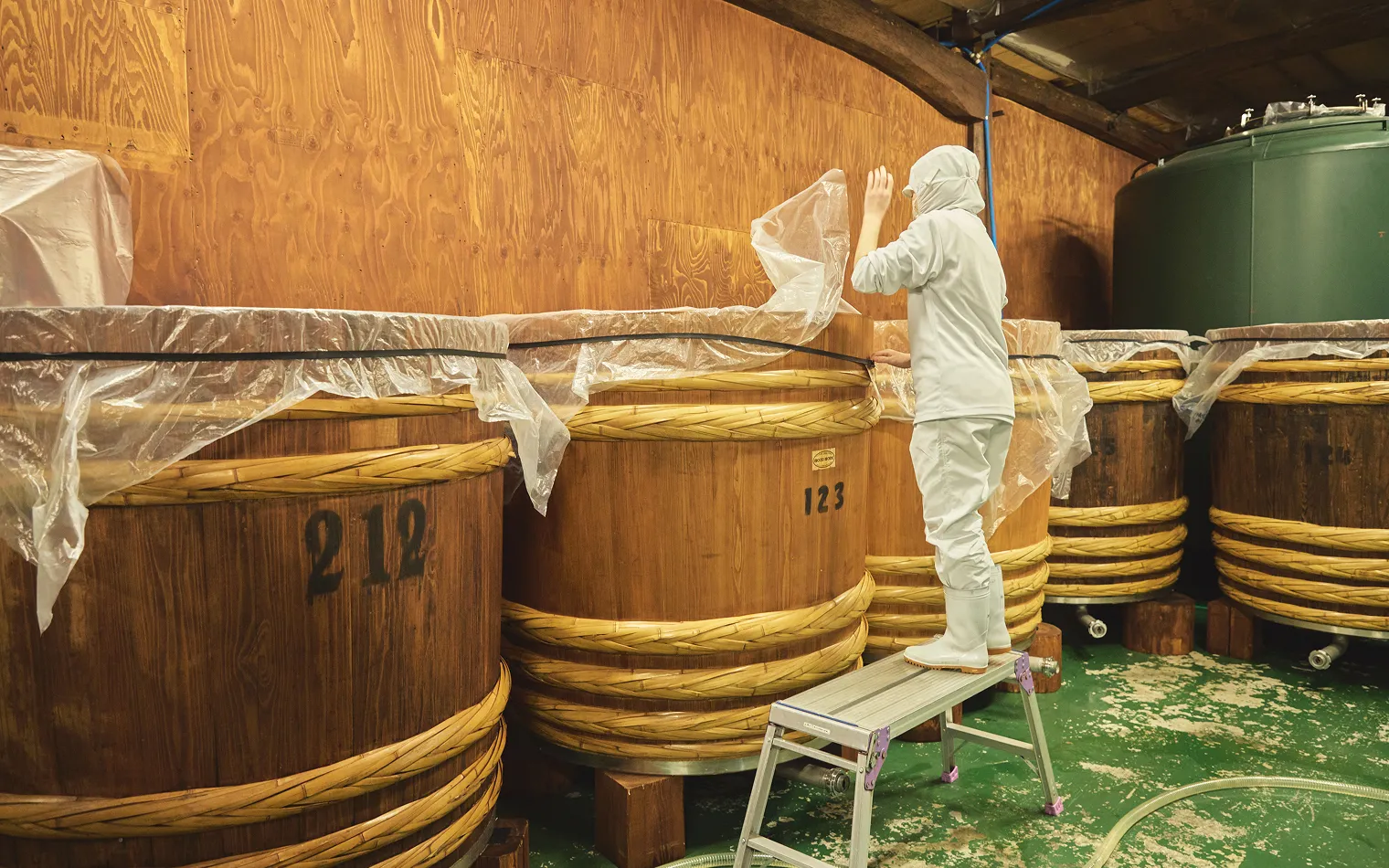 Brewing in Yoshino Cedar barrels for their insulating properties
Brewing in Yoshino Cedar barrels for their insulating properties
A few years later, Hashimoto took another bold step—he eliminated the use of cultured (laboratory-isolated) yeast entirely. Instead, he adopted a truly natural style of brewing, relying solely on wild yeast native to the brewery itself.
“Cultured yeast ensures stable brewing, but it also requires strict temperature control and a lot of intervention. Wild yeast, on the other hand, goes through natural selection during the yeast starter process. The surviving yeast is well-adapted and active, fermenting differently depending on the season—producing a uniquely Yoshino flavor.”
The sake brewed using this natural method is called Shizen Tōta (“Natural Selection”). A sip surprises you with its burst of acidity and sweetness. Its flavor is unlike typical sake—more like sparkling wine or yogurt. It’s juicy enough to stand on its own without food. Despite its strength and volume, it’s surprisingly easy on the body the next day. The flavor changes slightly each year and each season, but those used to conventional sake may find the experience rather shocking.
Note: This is the editorial team’s personal interpretation and opinion.
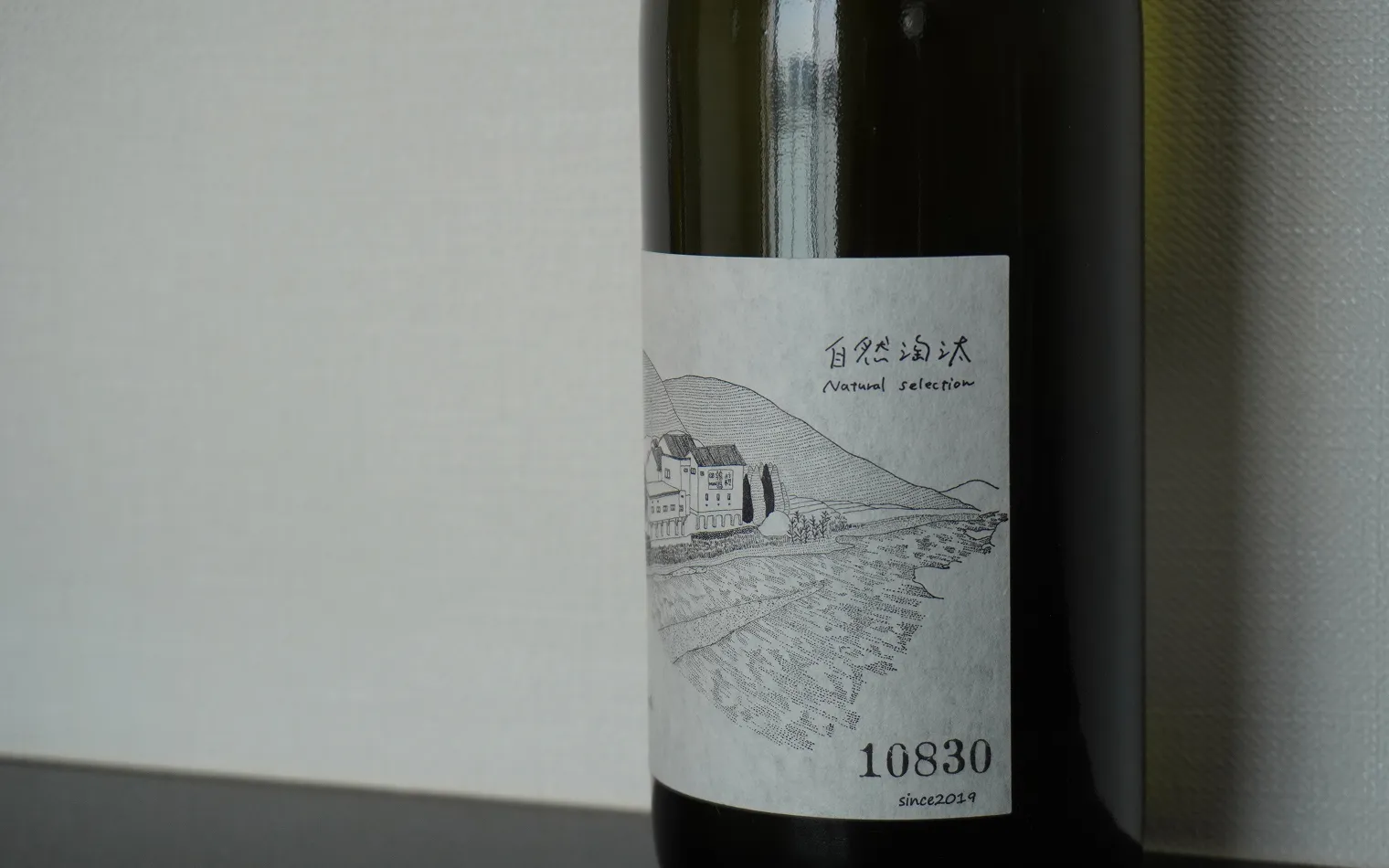 “Shizen Tōta: Winter Edition (2024)”
“Shizen Tōta: Winter Edition (2024)”
Letting go of convention to embrace freedom
Wouldn’t choosing such a different path from mainstream brewing be difficult? When asked, Hashimoto shakes his head. On the contrary, he says, it has made the process easier and more liberating.
“By using local rice and eliminating added yeast, we now brew sake in a way that’s more in tune with Yoshino and nature. I’ve been freed from the mindset of needing to control temperature or aim for a specific flavor. Now I can enjoy each batch as a one-of-a-kind experience. This spirit of freedom, playfulness, and community-centered thinking is something I carry not only in brewing but also in everyday life.”
 The shop carries sake made with creative freedom—tastings available
The shop carries sake made with creative freedom—tastings available
Hashimoto also offers this advice:
“Yoshino sake pairs wonderfully with local specialties like kakinoha-zushi (persimmon leaf sushi). If you get the chance, try pairing these fermented and preserved foods together. The synergy will give you a deeper appreciation of Yoshino’s nature and culture.”
At MUJI room SAKAMOTOYA, the dinner set includes kuzu udon and two pieces of kakinoha-zushi. Guests can also enjoy kakinoha-zushi purchased along the pilgrimage route in the dining area. We invite you to try pairing it with local Yoshino sake. We look forward to welcoming you to Yoshinoyama.
Executive Director and Master Brewer, Miyoshino Brewery
Akiharu Hashimoto
- After graduating from the Department of Brewing Science at Tokyo University of Agriculture, he trained for three years at a sake brewery in Nada. In 2005, he returned home to become the master brewer at Miyoshino Brewery. In 2018, he transitioned fully to using contract-grown rice from Nara, building a community-focused brewing practice.
Founded in 1912
Miyoshino Brewery
- Address: 1238-1 Muda, Yoshino-cho, Yoshino-gun, Nara Prefecture
Access: 15-minute walk from Kintetsu “Muda” Station
Phone: 0746-32-3639
Hours: 9:00–17:00- Official website
Related MUJI STAY Accommodation
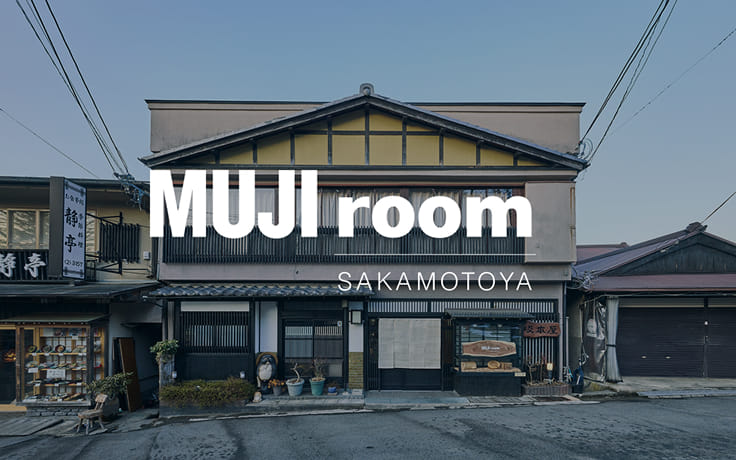
MUJI room SAKAMOTOYA
MUJI room SAKAMOTOYA: It is located in Yoshino Town, Nara Prefecture. MUJI has renovated three rooms of the 100-year-old traditional inn “SAKAMOTOYA.”
